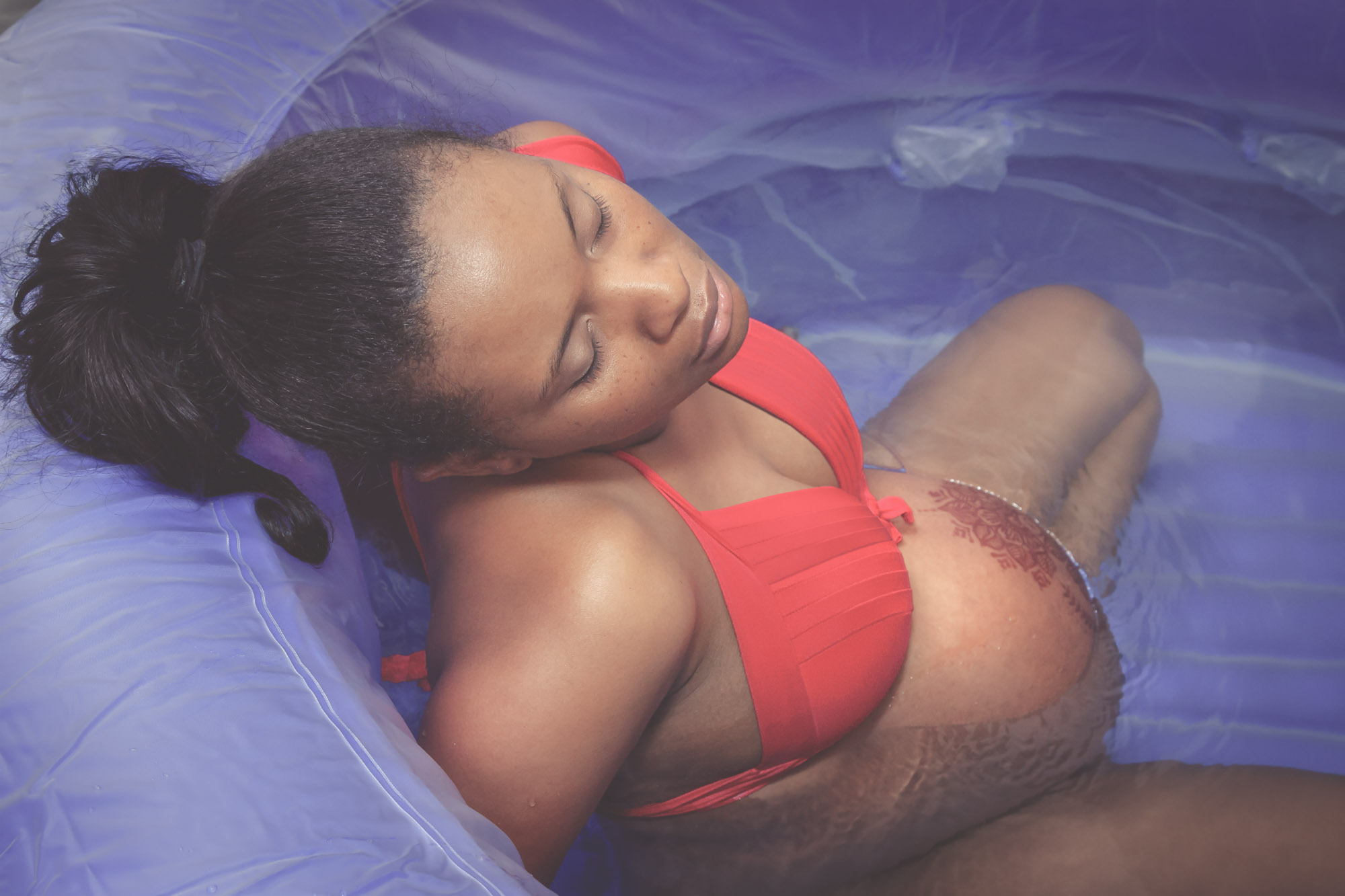The use of a small comb as an acupressure device during labor is a natural pain relief method that has been gaining popularity among expecting individuals. A birthing comb is a regular hair comb that is used to apply pressure to specific points on the hand during labor contractions. The comb can be made of plastic or wood, depending on personal preference. To use the comb, grasp it with the teeth pointing towards the area just below where your fingers connect to your palm. When experiencing a contraction, clench your hand around the comb and allow the teeth to apply pressure to the specified area. It’s important to adjust the pressure to a level that is comfortable for you.
The comb works by providing a distraction, acupressure, and gate control theory. Distraction methods have been shown to reduce “perceived stress during labor” and not impact the length of labor. Acupressure works by providing pain management as the comb’s teeth press onto specific points on the hand. Additionally, the gate control theory suggests that by using a birthing comb, the brain is redirected to focus on the sensation in the hand, rather than the sensations of labor, thus reducing the perception of pain.
The gate control theory of pain is a psychological theory that explains how the nervous system processes pain signals. According to this theory, the nervous system acts like a “gate” that controls the flow of pain signals to the brain. The gate can either allow pain signals to pass through to the brain or block them.
During labor, the theory suggests that using a birthing comb or other non-painful stimulation (such as massage, visualization or listening to music) can help “close” the pain gate by diverting the brain’s attention away from the contractions and towards the non-painful stimulation. This can make the contractions feel less intense and more manageable, by reducing the amount of pain signals that reach the brain.
It’s important to note that the gate control theory is not a universally accepted theory, and the exact mechanisms by which it works are not well understood. However, it is generally accepted that the brain plays a significant role in the perception of pain, and that different types of stimuli can affect the way the brain processes pain.
It’s also important to note that the birthing comb or other non-painful stimulation may not completely alleviate the pain, but can help to make it more manageable. It’s important to have a variety of tools and strategies ready to manage labor pain, as what works for one person may not work for another, and what works at one moment may not work later on.
The small and portable nature of birthing combs make them a convenient addition to your labor toolkit, whether birth is taking place at home, in a birth center, or in a hospital. The comb can also be repurposed in other situations to help alleviate discomfort naturally (for example during cervical exams or with after birth pains or menstrual cramps or while you get your next tattoo!)



0 Comments